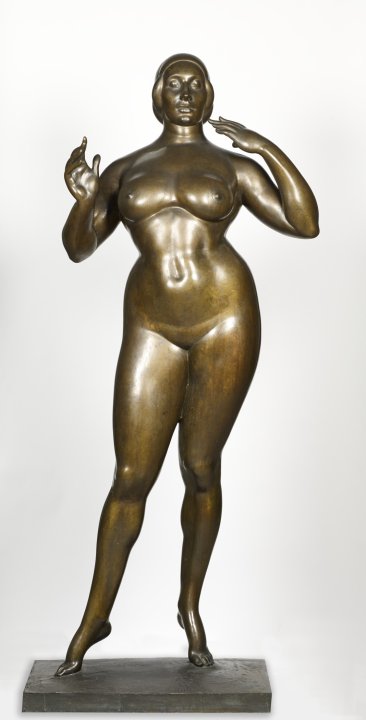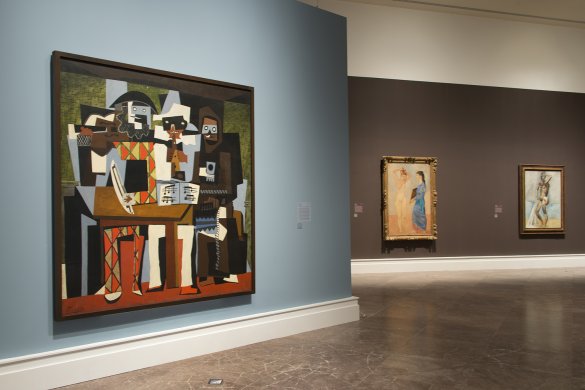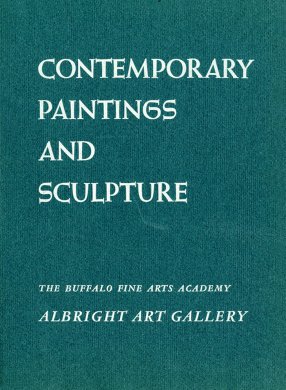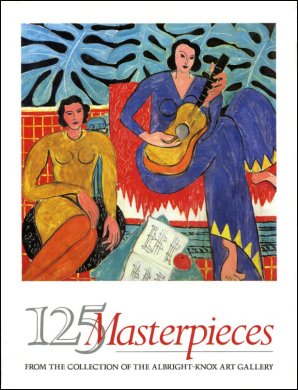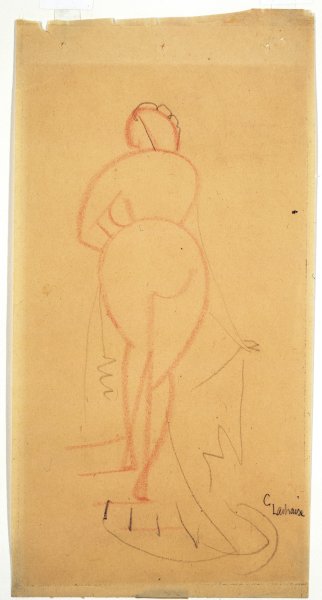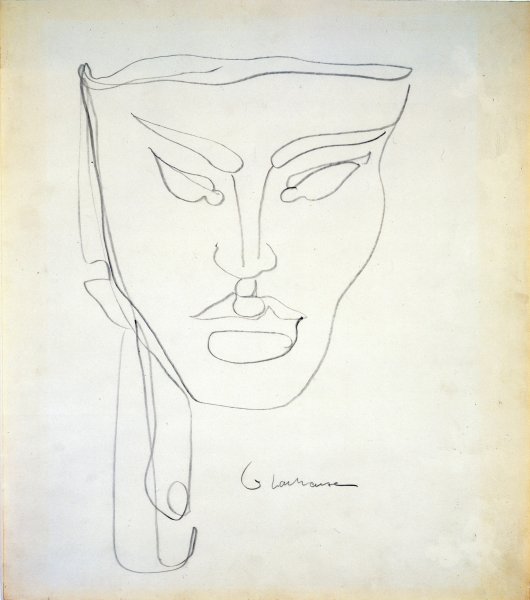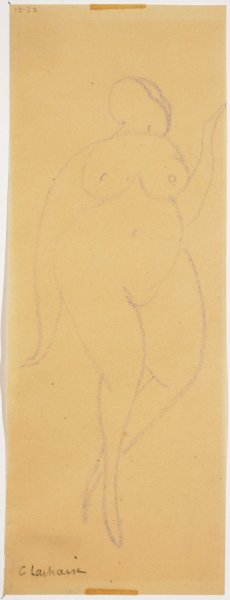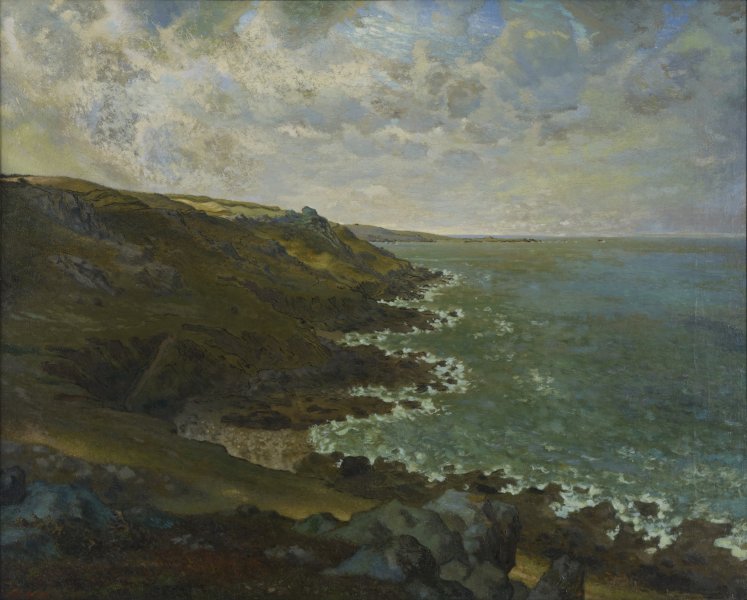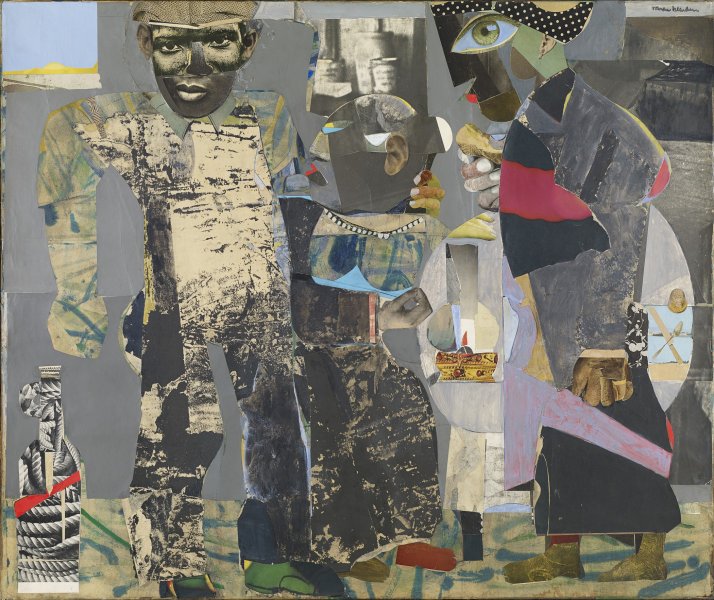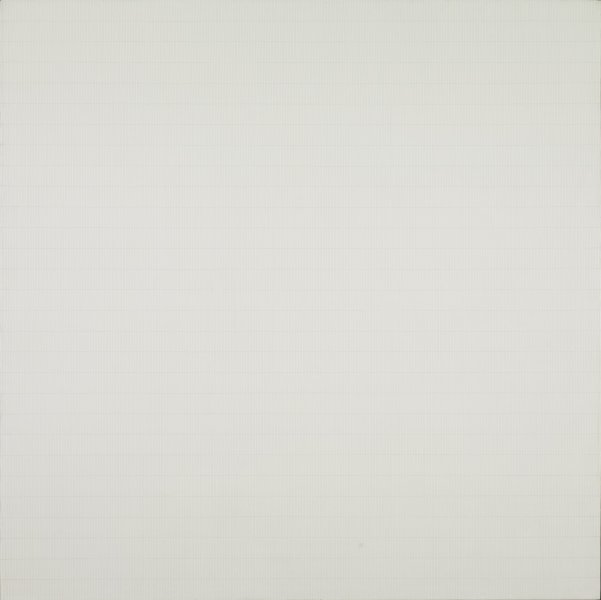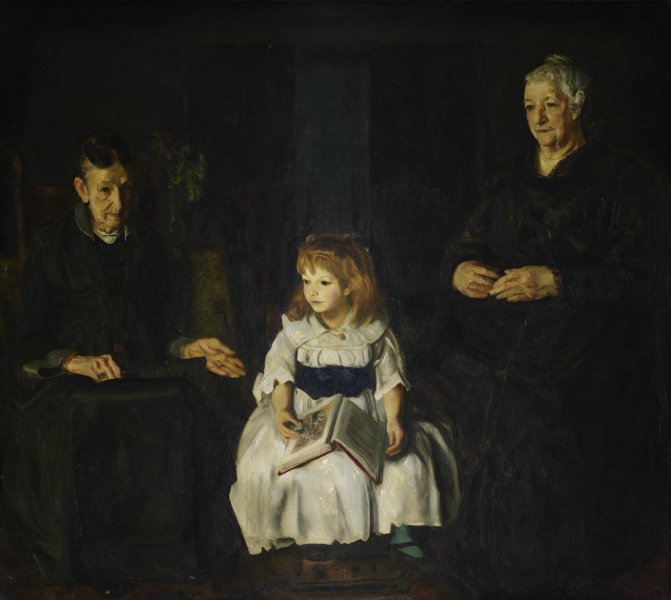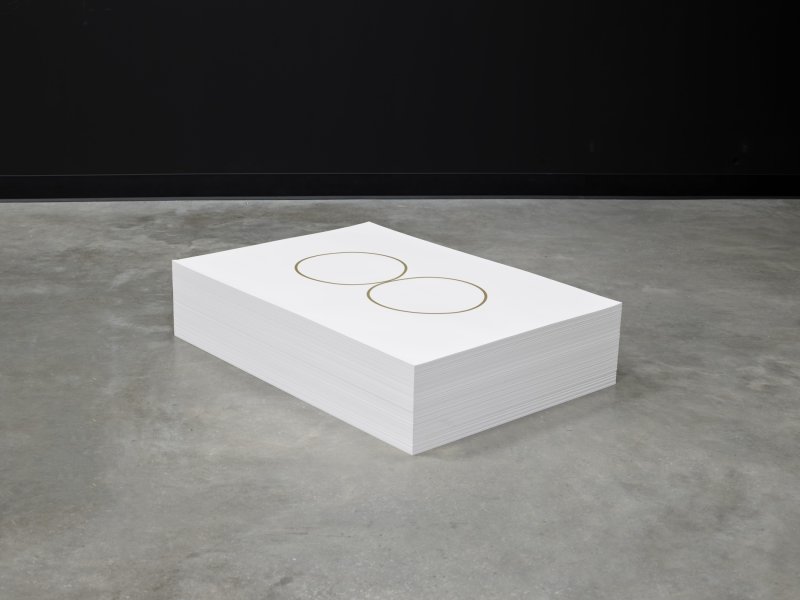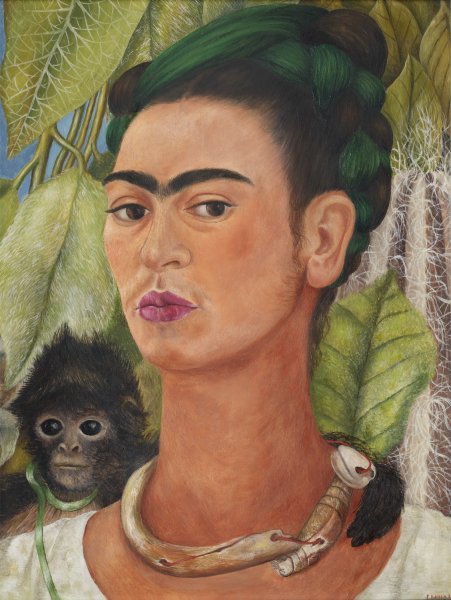Gaston Lachaise
French, 1882-1935
Standing Woman, 1912-1918 (cast executed 1927)
Artwork Details
Materials
bronze
Edition:
1/12
Measurements
base: 2 1/2 x 27 5/8 x 17 7/8 inches (6.35 x 70.17 x 45.4 cm); overall (without base): 70 x 29 x 11 inches (177.8 x 73.66 x 27.94 cm); overall (including base): 72 1/2 x 29 x 17 7/8 inches (184.15 x 73.66 x 45.4 cm)
Collection Buffalo AKG Art Museum
Credit
James G. Forsyth Fund, 1938
Accession ID
1938:6
Gaston Lachaise considered Standing Woman to be his best work, referring to it as “the nucleus and spring of my entire development.” While his wife initially served as the model, over time Lachaise morphed and amplified her shape. Like many of his contemporaries, Lachaise sought to depart from classical representations of the female form. While the figure’s poise and calm demeanor are reminiscent of classicism, her curves, mass, and height express what the artist described as “the glorification of the human being, of the human body, of the human spirit . . . of magnificence, of significance.” Lachaise’s friends claimed that he created and destroyed two earlier versions of the work before its final realization.
Label from Picasso: The Artist and His Models, November 5, 2016–February 19, 2017
